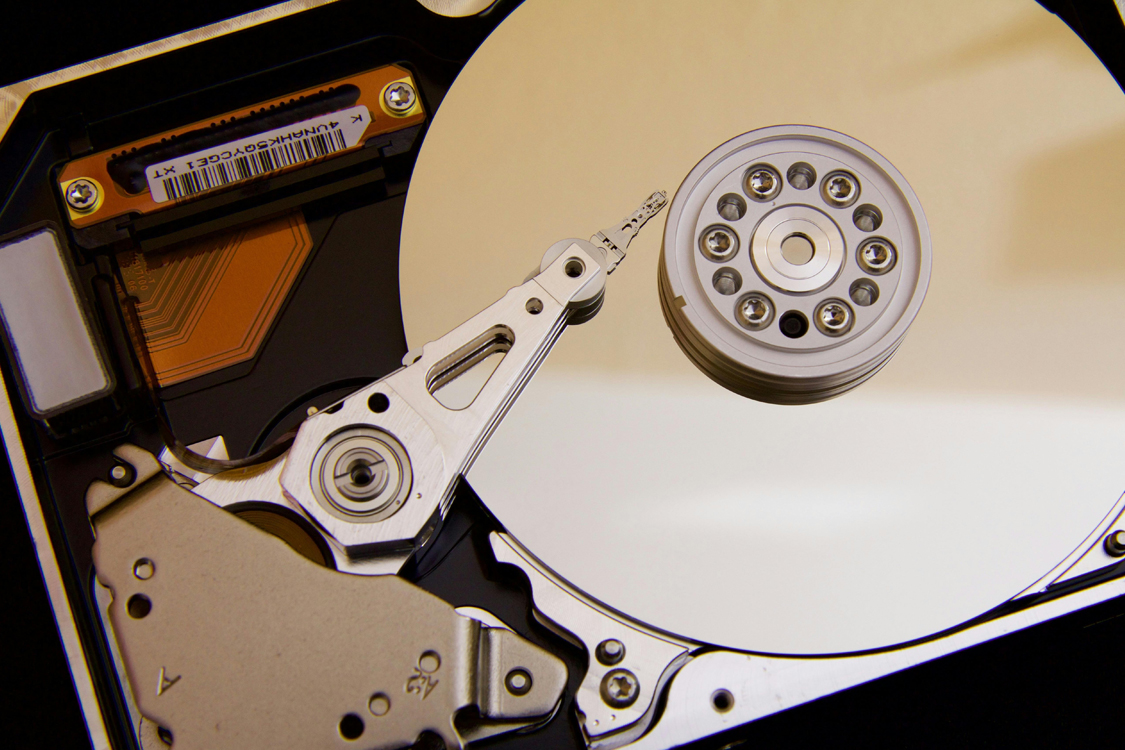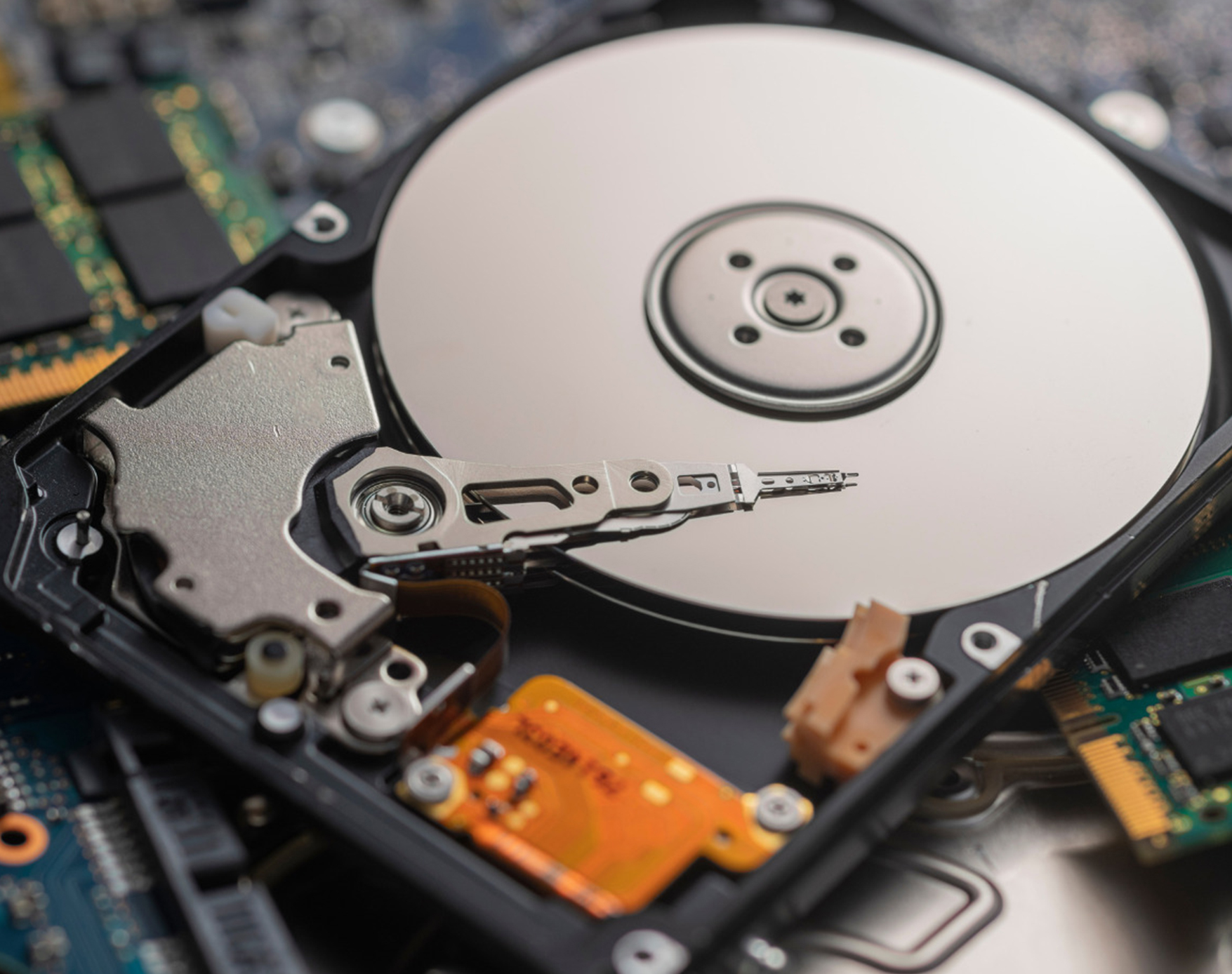Data Recovery
In today’s digital world, data loss can happen unexpectedly due to hardware failures, accidental deletions, or corrupted storage devices. At The Techie, we understand how critical your data is, which is why we’ve partnered with DriveSavers, a leader in professional data recovery.
Using cutting-edge recovery methods, we help retrieve lost files from hard drives, SSDs, flash drives, RAID systems, and more. Plus, our performance-based model ensures that if your data cannot be recovered, you don’t pay—giving you peace of mind with zero risk.
If you’ve lost important data, don’t panic. Contact us today to explore your recovery options and increase the chances of getting your files back.
A common data recovery situation involves a system that won’t boot due to hardware failure, OS corruption, or accidental file deletion. In these cases, the goal is often to safely extract important files from the drive before attempting repairs or reinstalling the operating system. This process typically involves connecting the drive to another machine or using specialized recovery tools to access and transfer the data.
At The Techie, we handle these scenarios with care, using proven techniques to retrieve data while minimizing risk. We also advise preventative steps like regular backups and keeping critical files on separate partitions—making future recovery faster, safer, and more reliable.
In some cases, data loss happens due to a deeper issue like a drive-level failure, corrupted file system, or hardware malfunction. These situations often require advanced recovery techniques—ranging from repairing partition tables and boot records to extracting data from physically damaged drives. If the damage is severe, recovery becomes a one-time opportunity to salvage what remains, especially when the drive has failed beyond repair.
Another common scenario is deleted files. When you delete something, it’s often not truly gone—just marked for overwriting. While the files may no longer appear in your system, they still exist in fragments on the disk and can often be recovered with the right tools and timing. At The Techie, we use specialized software and hardware to locate and reconstruct this data before it’s lost for good.
Data recovery isn’t always about damage—it can also involve retrieving encrypted, hidden, or deleted files during forensic investigations or digital breaches. But whether it’s cybercrime or accidental loss, the best solution is always prevention.
Managing your critical data and having a disaster recovery plan is essential. It’s not just about avoiding the need for recovery services—it’s about protecting your business’s future.
60% of businesses that lose their data will shut down within 6 months.
Roughly 1 in 10 hard drives fail within the first 5 years.
2,000 laptops are lost or stolen every day.
Nearly 1 in 4 people or businesses don’t back up their data at all.
The takeaway? The best way to avoid data loss is to have a solid backup strategy. It’s one of the smartest investments you can make in your digital security.







